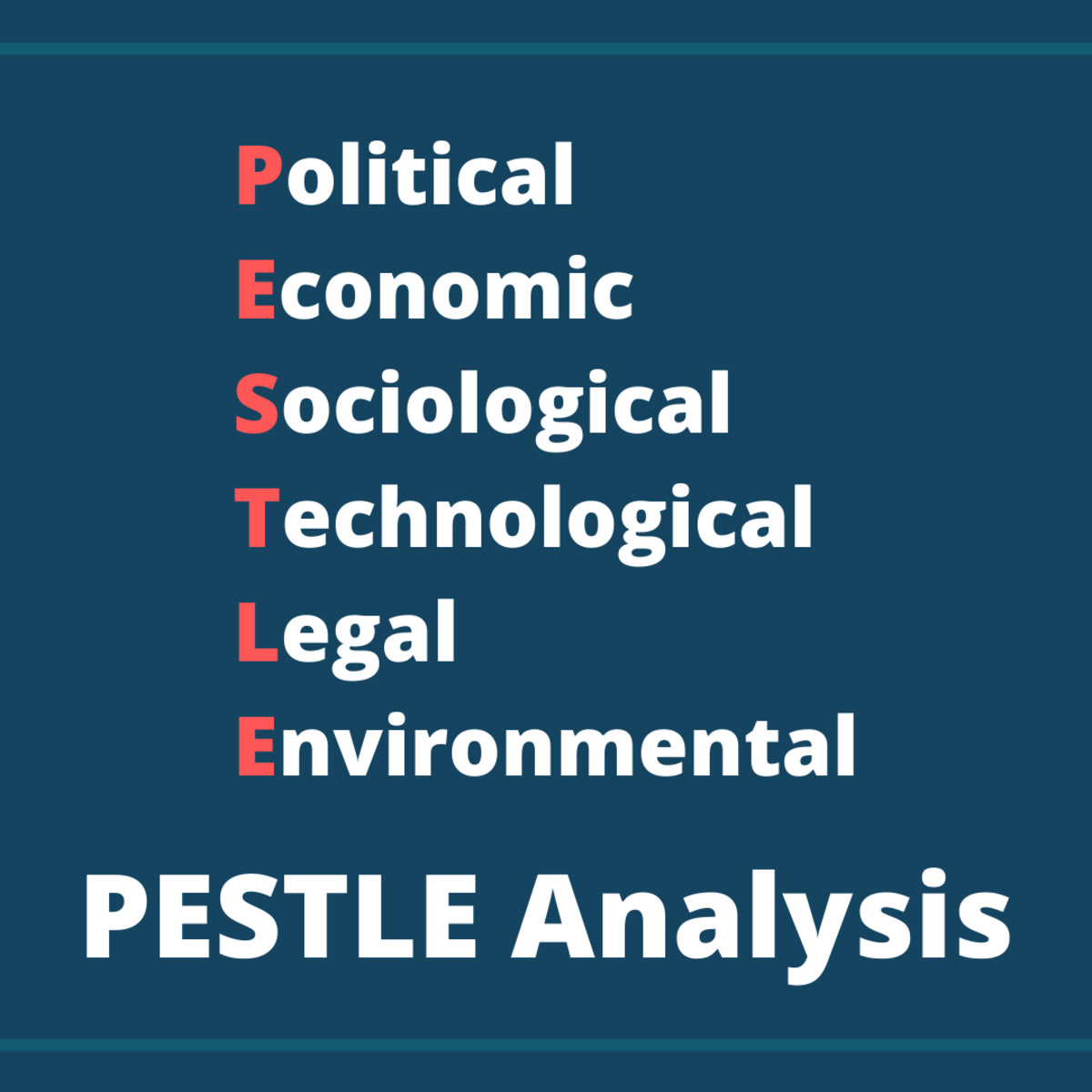
A Brief PESTLE Analysis of Ghana's Galamsey Crisis
Galamsey, a local term for illegal small-scale gold mining in Ghana, has evolved into one of the most pressing socio-political, environmental, and economic challenges facing the nation today. Historically, artisanal gold mining has been part of Ghana's tradition..
Highlights:
- History and Definition of Galamsey
- Political Ramifications of Galamsey
- Economic Ramifications of Galamsey
- Social Ramifications of Galamsey
- Technological Ramifications of Galamsey
- Legal Ramifications of Galamsey
- Environmental Ramifications of Galamsey
Executive Summary
Galamsey, a local term for illegal small-scale gold mining in Ghana, has
evolved into one of the most pressing socio-political, environmental, and
economic challenges facing the nation today. Historically, artisanal gold
mining has been part of Ghana's tradition, but in recent decades, the rise of
galamsey has posed significant threats to water bodies, forest reserves, and
livelihoods. This report delves into the history and dynamics of galamsey
mining, examines the key players and reasons for its persistence, and analyzes
the political, economic, social, technological, legal, and environmental
ramifications of galamsey. A SWOT and cost-benefit analysis provide insight
into the practice's strengths and weaknesses, while recommendations aim to
chart a path toward resolving the issue.
History and Definition of Galamsey
Galamsey, an abbreviation of "gather them and sell," is the
term used to describe small-scale, unregulated, and often illegal gold mining
activities in Ghana. The history of gold mining in Ghana dates back to the 15th
century when European traders and colonial powers such as the British were
involved in formal mining activities. However, artisanal and small-scale mining
(ASM) has existed long before this era.
In recent decades, as gold prices have soared globally, galamsey has
expanded into a national concern. In 2017, the government launched an
aggressive anti-galamsey campaign, resulting in several arrests and a temporary
ban on all small-scale mining activities. Despite these efforts, galamsey
continues to thrive due to corruption, weak enforcement of laws, and the high
unemployment rate among Ghanaian youth.
Key Players
- Local miners: Often young men seeking a
livelihood in regions with few employment opportunities.
- Foreign nationals: Especially Chinese immigrants,
have become involved in illegal mining, bringing in more advanced
equipment.
- Government officials and law
enforcement: Corruption within these ranks has been a key factor in the
persistence of galamsey activities.
Statistics
- Ghana was the world's 7th largest
gold producer in 2020, with gold exports accounting for 48.4% of total
exports.
- Galamsey accounts for
approximately 34% of total gold output in Ghana.
- Over 2.5 million people are
directly or indirectly involved in galamsey-related activities.
Political Ramifications of Galamsey
Politically, galamsey is a highly contentious issue. Successive
governments have struggled to balance the need to protect the environment with
the need to create jobs for the youth. Campaign promises are often made to curb
galamsey, but these promises are frequently undermined by political patronage
and corruption.
Statistics
- A 2019 report found that about
60% of the water bodies in Ghana's mining regions were polluted due to
galamsey activities.
- In 2017, the government deployed
400 soldiers in "Operation Vanguard" to stop illegal mining,
leading to the arrest of over 800 illegal miners within the first six
months.
Political Impact
- The influence of galamsey
operators can sway local elections, as communities dependent on the trade
often support politicians who turn a blind eye.
- Galamsey has strained Ghana’s
diplomatic relations with China, a key partner in infrastructure
development but also a source of illegal miners.
Economic Ramifications of Galamsey
Economically, galamsey contributes significantly to local economies but
at a great cost to the nation's overall fiscal health. While illegal miners
generate income, the environmental degradation caused by their activities
affects other sectors such as agriculture, fishing, and tourism.
Statistics
- The Ghana Chamber of Mines
estimates that over $2 billion in potential revenue is lost annually due
to illegal gold exports.
- Small-scale gold miners
contribute about 35% of Ghana’s total gold output, but galamsey miners pay
no taxes, further impacting the country's revenue stream.
Economic Impact
- The loss of arable land due to
mining activities reduces Ghana's agricultural output, contributing to
food insecurity in some regions.
- The economic benefits are largely
short-term and concentrated among a few individuals, while the long-term
costs are spread across society.
Social Ramifications of Galamsey
Galamsey affects society on multiple levels. It provides income to many
poor families, but it also leads to the disruption of social structures, child
labor, and health problems.
Statistics
- An estimated 20% of all children
in mining regions are involved in some form of child labor, often working
in hazardous conditions.
- Respiratory diseases, mercury
poisoning, and injuries are common among galamsey workers, with over 1,500
galamsey-related deaths reported between 2013 and 2018.
Social Impact
- Communities become dependent on
galamsey for survival, leading to a breakdown in traditional livelihoods
like farming.
- The illegal trade fuels social
unrest and conflict, particularly in areas where galamsey activities
encroach on farmland or sacred lands.
Technological Ramifications of
Galamsey
Technologically, galamsey operators use rudimentary and hazardous methods
for gold extraction, which exacerbates environmental damage. Although some
foreign nationals introduce more advanced techniques, most mining operations
lack safety and environmental protocols.
Technological Impact
- The use of mercury in gold
extraction poses severe health risks to workers and local communities,
with mercury pollution affecting water bodies across the country.
- Foreign nationals often bring in
heavy machinery such as excavators, leading to faster but more damaging
extraction methods.
Legal Ramifications of Galamsey
Galamsey operates in a legal gray area. While the Ghanaian government has
set regulations for small-scale mining, many galamsey operations are carried
out without licenses. Enforcement of mining regulations has been weak, largely
due to corruption and political influence.
Legal Impact
- In 2017, the government passed
legislation imposing severe penalties on illegal mining, but corruption
among law enforcement agencies has made these laws difficult to enforce.
- Court cases related to galamsey
have been delayed, and prosecution rates remain low, creating a culture of
impunity.
Environmental Ramifications of
Galamsey
The environmental impact of galamsey is perhaps the most visible and
concerning aspect. Galamsey has led to widespread deforestation, water
pollution, and the destruction of ecosystems. Rivers like the Pra, Ankobra, and
Offin have been severely contaminated by mercury and cyanide used in illegal
mining activities.
Statistics
- A study in 2020 found that 70% of
Ghana's rivers in mining areas were heavily polluted, with some being
unsuitable for human consumption.
- Deforestation from galamsey has
contributed to a 2% annual loss of Ghana’s forest cover.
Environmental Impact
- Water bodies in mining regions
are no longer safe for drinking, affecting communities that depend on
these rivers for their water supply.
- The destruction of arable land
and forest reserves has long-term consequences for biodiversity and carbon
sequestration efforts.

